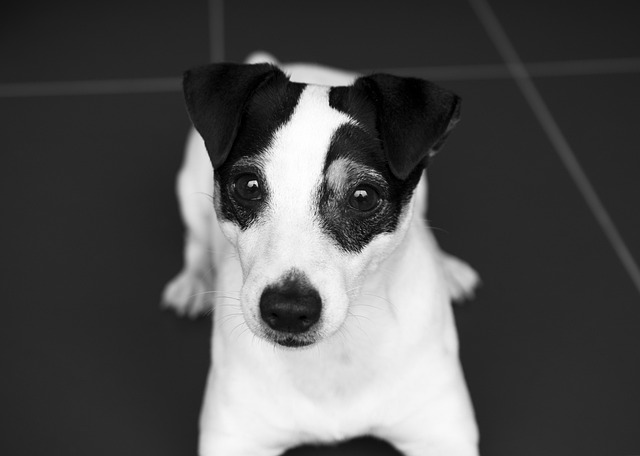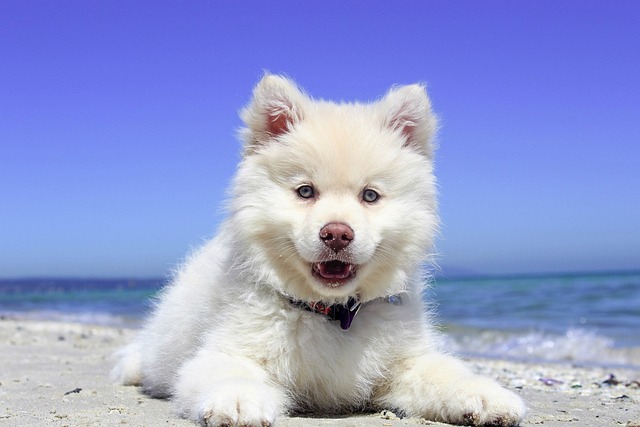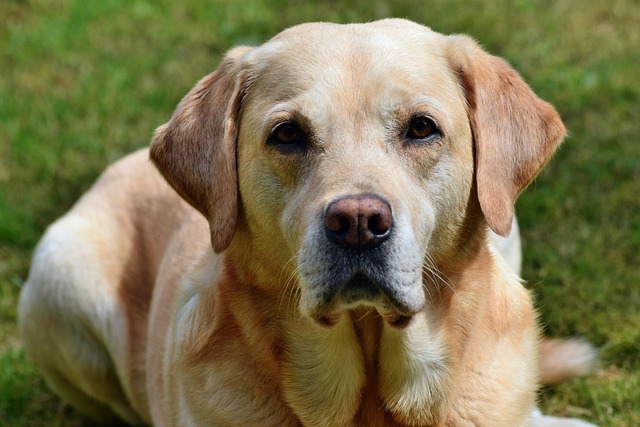
How to train a 2 month old puppy to pee on a pad?
Got a new 2 - month - old furball bounding around your place? The excitement’s real, but so’s the challenge of potty training. Trust me, I’ve been there.
Dogs are loyal companions to humans, but their toileting issues often cause headaches for owners. In fact, by mastering scientific methods and techniques and guiding with patience and love, you can help dogs quickly learn to use a designated toilet area. Let’s explore the secrets behind this together.
To quickly train a dog to use a designated toilet area, it is first essential to understand their physiological habits and behavioral characteristics. Dogs generally need to defecate or urinate 15 to 30 minutes after eating, waking up, or playing. Just as humans have a daily biological clock, dogs also have their own physiological rhythms. When observing signals such as circling in place, sniffing the ground, or pacing restlessly, owners should immediately act and take the dog to the designated toilet area. During this process, the owner’s keen observation and timely guidance are crucial, as each correct guidance strengthens the dog’s memory.
Choosing a suitable toilet location is the foundation of training. The location should preferably be relatively quiet, well-ventilated, and away from the dog’s resting and eating areas. For small dogs, a pet-specific toilet with urine-inducing pads can be used, as the special scent on the pads attracts dogs to use them. For large dogs, if space at home allows, a dedicated toilet area can be set up in a corner such as a balcony, lined with non-slip mats and placed with some tissue paper with the dog’s urine scent to help the dog familiarize itself with the smell and develop the understanding that "this is a suitable place to defecate." It is important to note that once a location is chosen, it should not be changed easily, as dogs are sensitive to environmental changes, and frequent changes to the toilet location will confuse them and prolong the training period.
 Positive reinforcement is the most effective method during training. When a dog successfully uses the designated toilet area, the owner should immediately give enthusiastic praise and rewards. This can include stroking its head, praising it in a gentle and excited tone, and rewarding a delicious small treat. Although dogs do not understand human language, they can sense encouragement and approval from the owner’s tone, expression, and actions. This positive feedback helps dogs associate using the designated toilet area with a pleasant experience, making them more willing to repeat the behavior. Conversely, if a dog defecates in the wrong place, never scold or hit it. Scolding and punishment will not only make the dog feel fearful and anxious but may also cause it to hide its defecation behavior out of fear of punishment, such as hiding excrement in corners or under sofas, which will instead increase the difficulty of training. In such cases, the owner should silently clean up the mess and try to eliminate the odor to prevent residual smells from attracting the dog to defecate in the same place again.
Positive reinforcement is the most effective method during training. When a dog successfully uses the designated toilet area, the owner should immediately give enthusiastic praise and rewards. This can include stroking its head, praising it in a gentle and excited tone, and rewarding a delicious small treat. Although dogs do not understand human language, they can sense encouragement and approval from the owner’s tone, expression, and actions. This positive feedback helps dogs associate using the designated toilet area with a pleasant experience, making them more willing to repeat the behavior. Conversely, if a dog defecates in the wrong place, never scold or hit it. Scolding and punishment will not only make the dog feel fearful and anxious but may also cause it to hide its defecation behavior out of fear of punishment, such as hiding excrement in corners or under sofas, which will instead increase the difficulty of training. In such cases, the owner should silently clean up the mess and try to eliminate the odor to prevent residual smells from attracting the dog to defecate in the same place again.
Training a dog to use a designated toilet area is a gradual process that requires the owner to maintain sufficient patience. Some dogs may master the essentials in a short time, while others may need longer guidance and repetition. Throughout this process, the owner should remain calm and trust the dog’s ability to learn. Even if there are occasional mistakes, do not become discouraged; instead, continue to adhere to the correct training methods. At the same time, regular feeding in daily life also aids training. Feeding at fixed times and in fixed quantities is not only beneficial to the dog’s physical health but also helps the owner better grasp its defecation patterns. In addition, adequate exercise and playtime are essential, as dogs typically need to defecate after exercising, and taking them to the designated toilet area promptly at this time can also enhance the training effect.
When the dog gradually adapts to using the designated toilet area, the owner can slowly reduce the use of inducers, such as decreasing the number of urine pads or replacing them with ordinary mats, to help the dog truly get used to the toilet location. Over time, the dog will develop a stable toileting habit and become a hygienic and well-behaved companion.
Training a dog to use a designated toilet area is not just about teaching it a skill but also about building trust and deepening the emotional bond between the owner and the dog. During this process, every patient guidance and gentle encouragement from the owner is filled with deep love for the dog. When seeing the dog consciously using the designated toilet area, the sense of accomplishment and joy is indescribable. And because of the owner’s care and guidance, the dog will establish a closer connection with the owner, becoming the most intimate companion in life.

Got a new 2 - month - old furball bounding around your place? The excitement’s real, but so’s the challenge of potty training. Trust me, I’ve been there.

Picture holding a small clicker, unsure if it can really teach your pup to sit. Don’t worry—clicker training is simpler than it looks. Let’s walk through step-by-step basics that even total newbies can master, blending science with real-world puppy parent

Bringing a new puppy home is a whirlwind of excitement and chaos, but one of the most pressing challenges new pet parents face is getting that tiny furball to poo on command.

Picture pressing a small clicker, and your pup instantly sits—no tugging, no shouting. Is this method the key to stress-free training?

Picture your new pup darting across the park, chasing a butterfly while you shout their name in vain. Later, they jump on your aunt’s lap, spilling her iced tea—these aren’t just “cute puppy moments.”

Teaching your dog basic obedience isn’t just about showing off—it’s the foundation for a safe, trusting bond. Every pup learns at their own pace, so patience is your superpower here.